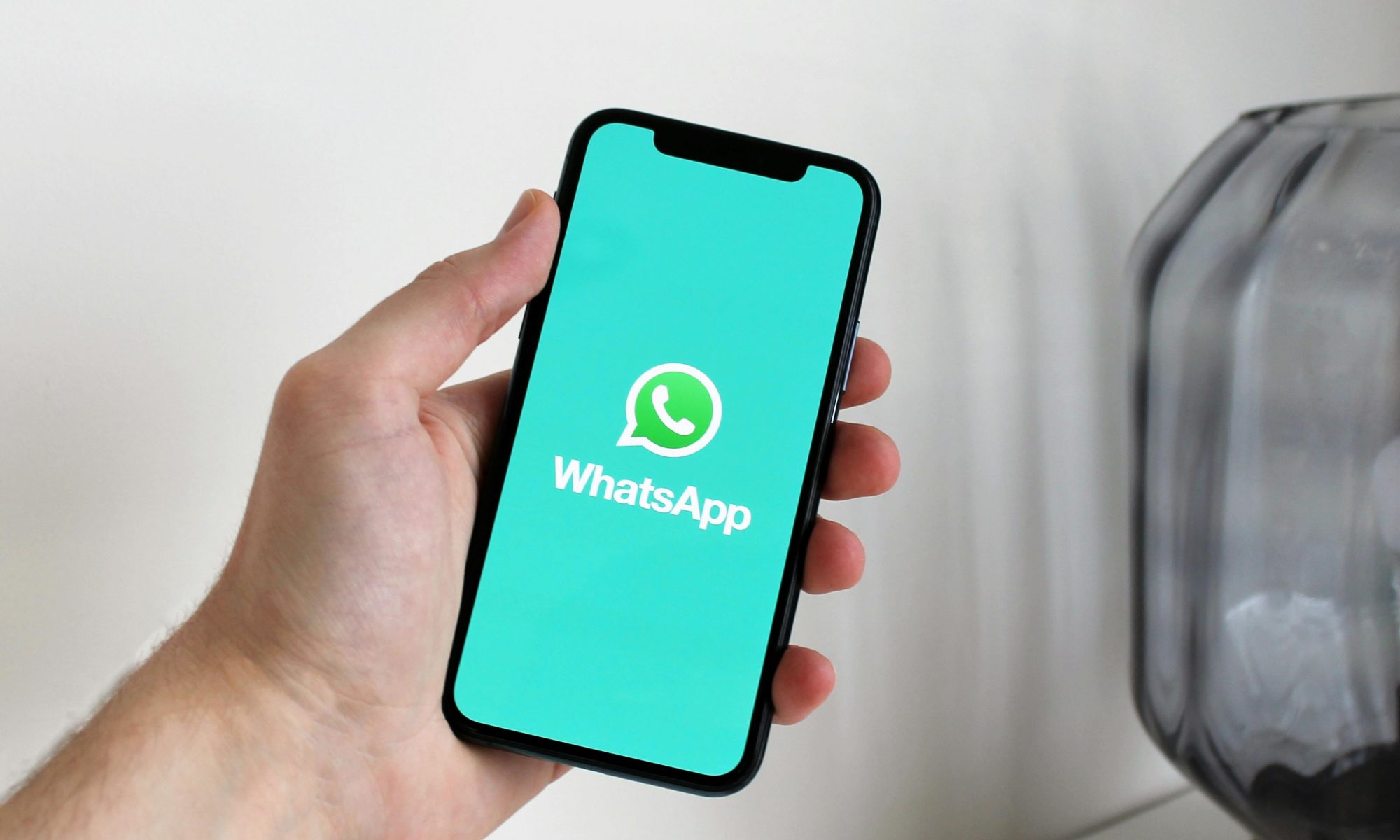TL;DR
SMS gateways enable businesses to send messages to mobile users efficiently and reliably, acting as the bridge between corporate systems and telecom networks.
- Connects software systems directly to mobile carriers
- Handles large volumes of messages quickly
- Supports automated and scheduled communications
- Ensures message delivery tracking and reporting
In the Philippines, SMS remains one of the most effective ways for businesses to reach their audience, with messages boasting an open rate of nearly 98%. This high engagement makes SMS gateways a critical tool for timely, reliable, and impactful communication.
This guide explores why SMS gateways are the backbone of business messaging in the Philippines and how they can help strengthen your customer engagement strategies.
SMS Gateway Defined
An SMS gateway is a platform that routes messages from software applications to mobile networks. It allows you to send texts to individual numbers or large groups of recipients without manually using a mobile device.
Essentially, the gateway translates digital instructions from a system into a format that telecom networks recognize, so that messages reach their intended destination.
SMS gateways come in two main types:
- SMPP (Short Message Peer-to-Peer) Gateways – Ideal for high-volume corporate messaging. They offer faster delivery and enhanced reliability because they connect directly to mobile operators.
- HTTP/HTTPS API Gateways – Accessible via web protocols, these gateways integrate easily with CRM systems, e-commerce platforms, or support tools. They’re scalable and simpler to implement, which is perfect if you have moderate messaging needs.
A functional gateway also manages delivery reports, message queues, and retries. It monitors network responses to confirm successful delivery or flag failures. Without a gateway, your messages may not reach everyone. Communication slows down, and scaling your campaigns becomes harder.
Advantages of Having an SMS Gateway in the Philippines for Businesses
If you run a small or medium-sized business in the Philippines, reaching your customers quickly and reliably is essential. Most Filipinos rely on mobile phones for communication, but network quality can vary depending on location or carrier. An SMS gateway helps you deliver critical information efficiently while supporting growth and saving resources.
1. Deliver messages fast and reliably
Your important notifications—such as payment confirmations, booking alerts, or security codes—arrive instantly because the gateway connects directly to local carriers like Globe, Smart, and DITO. Your customers get updates quickly, no matter where they are, without slow delays.
2. Send messages to hundreds or thousands at once
As your customer base grows, manually sending messages is inefficient and prone to errors.
An SMS gateway allows you to distribute thousands of messages in a single operation, whether for sales promotions, order updates, or service announcements. This efficiency keeps communication smooth during peak periods, such as holiday sales or nationwide campaigns.
3. Automate alerts, reminders, and responses
You can schedule reminders for appointments, subscription renewals, payment due dates, or service updates. Automation reduces missed messages and ensures customers stay engaged. You no longer have to track every message manually. Instead, you can focus on higher-value tasks.
4. Engage customers directly and personally
Text messages go straight to a customer’s mobile inbox, which increases the likelihood they’ll read and act on them. Unlike email, which often gets ignored or ends up in spam, SMS maintains a personal connection.
This direct channel is especially valuable for businesses like clinics, salons, or logistics services where timely responses matter.
5. Save money on campaigns
SMS is a cost-effective alternative to printed flyers, letters, or outbound calls. You can reach a nationwide audience without incurring high delivery costs, which is ideal if you’re managing tight marketing budgets.
Even with frequent updates or promotions, your communication remains affordable and measurable.
6. Integrate with your systems
Your SMS gateway can connect with your CRM, e-commerce store, or customer support platform.
It can trigger notifications automatically, such as sending order updates when you receive a customer’s payment or confirming appointments when a booking comes in. This system creates a seamless workflow and reduces manual effort.
7. Track results and refine campaigns
Gateways provide delivery reports, read confirmations, and link tracking. You can analyze which messages are opened, clicked, or ignored. This data helps you adjust timing, content, and audience targeting to improve engagement and ROI for every campaign.
8. Reach customers even without the internet
Many Filipinos still rely on basic phones or have limited mobile data. SMS reaches every mobile device, urban or rural, letting you communicate with all customers without relying on apps or internet connectivity.
9. Maintain consistent branding
You can standardize sender IDs and message templates so every notification reflects your business identity. Consistent branding builds trust and makes it clear your customers are receiving official communication from you.
10. Boost efficiency and save staff time
Your staff no longer needs to send messages individually or track responses manually. The gateway handles mass communications automatically, allowing your team to dedicate more time to customer service, sales, and growing your business.
Strengthen Your Messaging with Reliable SMS Gateways
A well-implemented SMS gateway in the Philippines can transform business communication, ensuring messages are delivered quickly, reliably, and at scale. From operational efficiency to customer engagement, the advantages are clear.
If you’re exploring trusted SMS marketing solutions for businesses, Semaphore offers robust gateways that integrate easily with your existing systems.
Whether sending notifications, alerts, or marketing campaigns, we help maintain fast, measurable, and professional communication with your audience.
FAQ
1. What is an SMS gateway, and how does it work?
An SMS gateway sends messages from software to mobile networks, converting digital instructions so you can reach individuals or large groups efficiently. It also tracks delivery and retries failed messages.
2. What are the main types of SMS gateways?
- SMPP: High-volume messaging with direct carrier connections.
- HTTP/HTTPS API: Easy integration with CRM, e-commerce, or support tools.
3. How can businesses benefit from using one?
- Send messages fast and reliably.
- Reach large audiences simultaneously.
- Automate reminders, alerts, and responses.
- Track engagement and maintain brand consistency.
- Reach customers even without the internet.
4. How secure and reliable are SMS gateways?
Reputable gateways offer secure transmission, authentication, and high reliability for large-scale messaging.
5. What costs and setup considerations should businesses know?
Costs depend on message volume and type. Setup involves API integration, configuration, and testing, with scalability and delivery tracking as key considerations.


